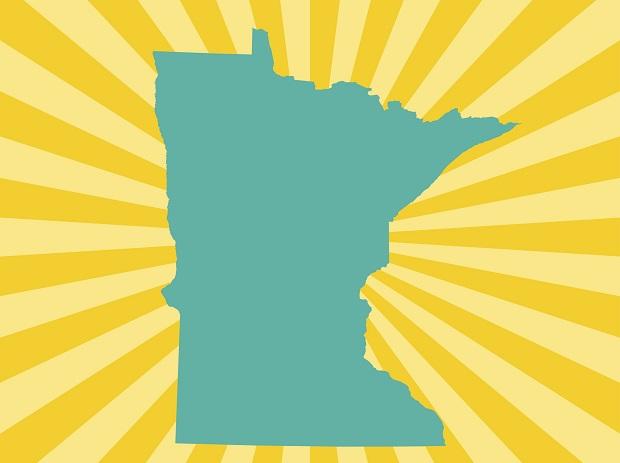As mentioned in the introduction post last week, this series will take a deep dive into various topics like healthcare, education, technology and religion through the lens of equity. In discussions on equity across various fields, the word “access” is certainly a ‘buzz’ word. It’s a word that’s been used frequently in the current healthcare debate and national conversations about education.
It may be apparent that I am very concerned about the definition of words and understanding exactly what they mean and how we use them. That said, my concern extends to this word and how we use it. It seems that “access” can be about both equity and equality, but it doesn’t always mean what it seems.
If “access” is the doorway, we have to ensure there’s a means of getting people through the door (or even to the door).
Since we’re talking about doorways and means of walking through them, I want to use mobility and transportation to explain what I mean.
Atlanta, Georgia is my “hometown” and current place of residence, and in March, a massive fire caused a bridge collapse on one of our main interstates, I-85. The collapse caused six weeks of transportation nightmares and rekindled a conversation around our public transit system, MARTA. Like many cities in the country, Atlanta’s public transportation leaves much to be desired. It doesn’t travel much past the urban core of the city, although our population extends far beyond this core—the urban sprawl is real.
Two months after the bridge was fixed, ridership on MARTA, which had seen a bump due to lack of options, dropped back to pre-collapse numbers only to be compounded by the backlash from a July 4th breakdown. So, MARTA doesn’t go very far, nor is it as reliable as it should be. The whole scenario brought up conversations around access in Atlanta – if our public transportation system stops the further north or south or east or west you go, so does the access to those areas for major portions of our city’s population who rely on it.
This problem is not new nor is it unique. I lived in St. Louis for five years, and it was the same story. People moved out of the city to avoid the city’s problems, and they didn’t want those problems to be brought to the suburbs via the Metro. The metro stops; the divide begins. Those who don’t have a car and live in the city probably won’t regularly travel past where public transportation can take them. Those who have cars and live in the suburbs where all their needs are met are not likely to go into the city often, much less interact with the people who live there.
This is not an exhortation to take public transit, but again, it is a commentary on access. The clear divide between those who rely on public transportation and those who don’t, whether they live in the city or not, is a problem of access. If subways and metros aren’t built out, people are confined to where they can travel.
But what if the best schools, the best doctors, the best jobs are beyond the MARTA line? Again, the door may be open theoretically, but we have to get people to and through the door. Whether that means bringing more jobs and opportunities to cities or building greater transportation infrastructure so that people can travel farther, the road to the door is fraught with misconceptions, doubt, and fear of the other (just ask anyone who’s been part of a school reassignment or busing program). However, building that road is necessary.
Equality is leaving the door open for anyone who has the means to approach it; equity is ensuring there is a pathway to that door for those who need it.
Ultimately, access to healthcare and education and jobs is about access to one another. Building that road to the open door requires that we encounter one another rather than stay in our separate worlds, divided by MARTA lines and SUVs—or whatever it is in your place of residence that divides. Talking about access is another opportunity to think about who makes up your world, and whom you are not seeing.
We don’t always want to see one another because it requires us to listen, to give something of ourselves, to care. But seeing one another through the divides, for all our differences—and sameness—can allow us to have a more honest and productive conversation about equity.



















